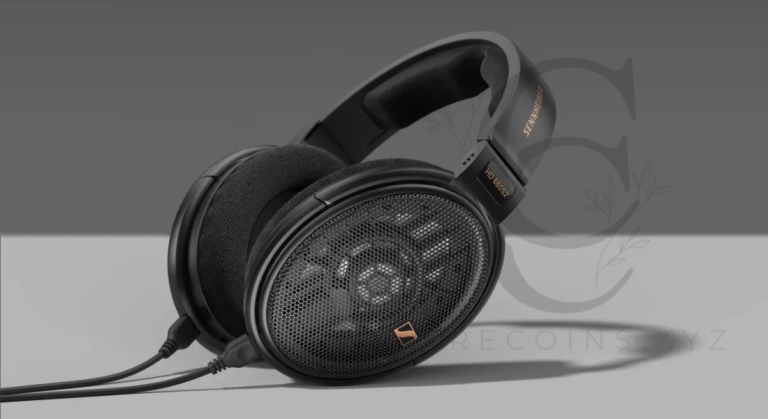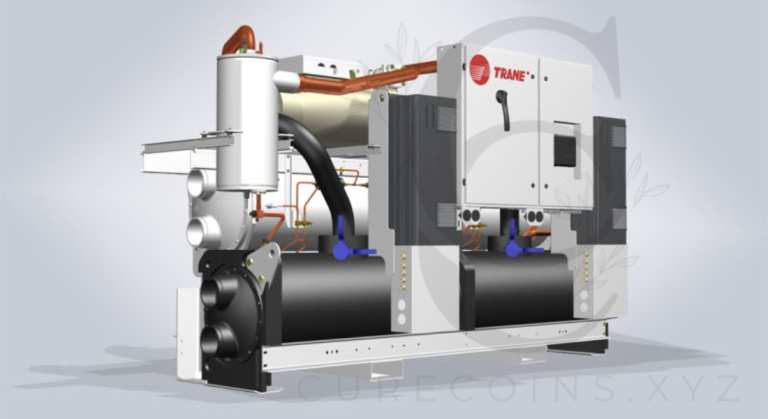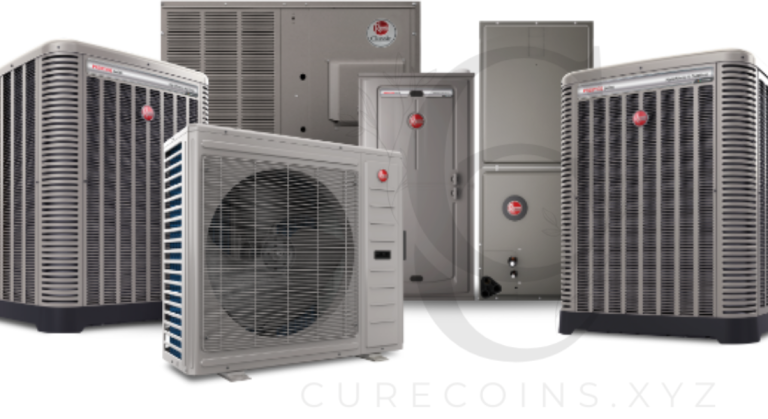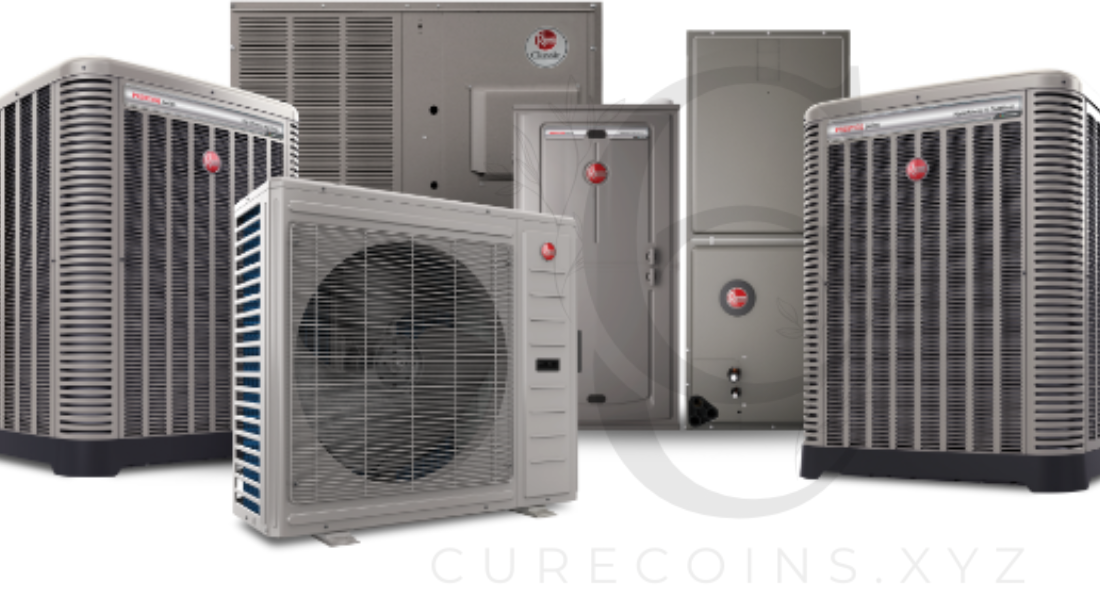
When it comes to heating, ventilation, and air conditioning (HVAC) systems, Rheem is one of the most trusted names in the industry. Known for their quality, reliability, and innovation, Rheem HVAC products are widely used in homes and businesses across the globe. However, like any major appliance, these systems require maintenance and care over time. This is where the warranty for Rheem HVAC products comes into play. Understanding the warranty options available for your HVAC system can help you make the most of your investment and ensure that your system is protected for years to come.
In this comprehensive guide, we’ll break down everything you need to know about Rheem HVAC product warranties. From what’s covered, how long it lasts, to how to make a warranty claim – we’ve got you covered.
Types of Rheem HVAC Warranties
Rheem offers a variety of warranties for its HVAC products, depending on the type of unit, the model, and the year it was purchased. The company provides different coverage terms for different components of the system, ensuring that customers receive maximum protection.
1. Limited Warranty
Most Rheem HVAC products come with a limited warranty, which typically covers parts and components that are defective in material or workmanship. The length of this warranty can vary depending on the product:
- Standard parts warranty: Generally, Rheem provides a 5-year limited warranty on parts for most HVAC products. This means that if any part of your system is found to be defective within this period, it will be repaired or replaced free of charge.
- Extended parts warranty: Some models may offer an extended parts warranty, typically up to 10 years, but this may require registration of the product. It’s important to register your Rheem HVAC product within the specified timeframe after installation to maximize warranty coverage.
2. Heat Exchanger and Compressor Warranty
Certain components, like the heat exchanger and compressor, are covered by separate, more extensive warranties. These are often the most expensive parts to repair or replace, and Rheem provides longer coverage for them:
- Heat exchanger warranty: Rheem offers a 20-year limited warranty on the heat exchanger for many of its heating products, including furnaces and heat pumps. This extended coverage provides peace of mind, knowing that one of the most critical parts of the system is protected for a long period.
- Compressor warranty: The compressor, which is crucial for cooling systems, typically comes with a 10-year warranty. Some models might offer a longer coverage period for this component, especially if it’s registered within a certain timeframe.
3. Lifetime Warranty
Some high-end Rheem HVAC products, such as premium models of gas furnaces, come with a lifetime warranty on the heat exchanger. This is typically part of the higher-end models, which offer top-tier performance and durability. It’s worth noting that lifetime warranties are often tied to the original owner, meaning they may not transfer to subsequent owners if the system is sold.
4. Registered Warranty vs. Unregistered Warranty
It’s important to understand that registration plays a key role in maximizing the warranty coverage for Rheem HVAC products. If you purchase a Rheem HVAC unit and fail to register it within the specified time frame (usually 60 days from installation), your warranty coverage may be reduced.
- Registered warranty: By registering your Rheem HVAC product, you typically unlock the maximum warranty coverage, which can last for up to 10 years on parts, with longer coverage for specific components.
- Unregistered warranty: If the product is not registered, you may receive a limited warranty, which can be as short as 5 years. This is why it is highly recommended to register your system as soon as it is installed.
What is Covered Under the Rheem HVAC Warranty?
The warranty for Rheem HVAC products is designed to cover any defects in materials or workmanship. However, it’s important to be aware of what is and isn’t covered under the warranty. Here’s a breakdown of the typical coverage:
What’s Covered:
- Defective parts and materials: If any of the components of your HVAC system (such as the motor, compressor, fan, etc.) are found to be defective due to poor manufacturing or materials, Rheem will replace or repair them under the warranty.
- Heat exchangers and compressors: As previously mentioned, these are often covered under extended warranties, ensuring that if these vital parts fail, they will be repaired or replaced without cost to the homeowner.
- Repairs and replacements: If a part needs to be replaced or repaired due to a manufacturing defect within the warranty period, Rheem will bear the cost of the part and labor.
What’s Not Covered:
- Normal wear and tear: Warranties generally do not cover parts that wear out over time, such as filters, belts, and seals. These need to be replaced as part of regular maintenance.
- Improper installation or maintenance: If your HVAC system is not installed properly or if you fail to follow the required maintenance schedule, any damages resulting from these factors may not be covered.
- Acts of God or natural disasters: Damages caused by things like floods, earthquakes, or other extreme weather conditions are generally not covered by the warranty.
- Energy inefficiency or performance issues: Warranties do not cover issues related to the performance or efficiency of the system unless it’s due to a defect in materials or workmanship.
How to File a Warranty Claim for Rheem HVAC Products
If you find that your Rheem HVAC system has a defect or is malfunctioning, filing a warranty claim is a straightforward process. Here’s a step-by-step guide:
1. Contact a Professional HVAC Technician
First, you should contact a licensed HVAC technician who can diagnose the issue and verify whether it is covered by the warranty. Most warranty claims will require the technician to confirm the issue in writing and provide supporting documentation.
2. Locate Your Warranty Information
Before filing a claim, make sure you have all the necessary documentation, such as the product registration, proof of purchase, and the model and serial number of your unit. This will help speed up the process and avoid any delays.
3. Reach Out to Rheem or Your Authorized Dealer
You can contact Rheem directly or go through your authorized dealer to file a warranty claim. The dealer will be able to process the claim and arrange for the repair or replacement of the faulty part.
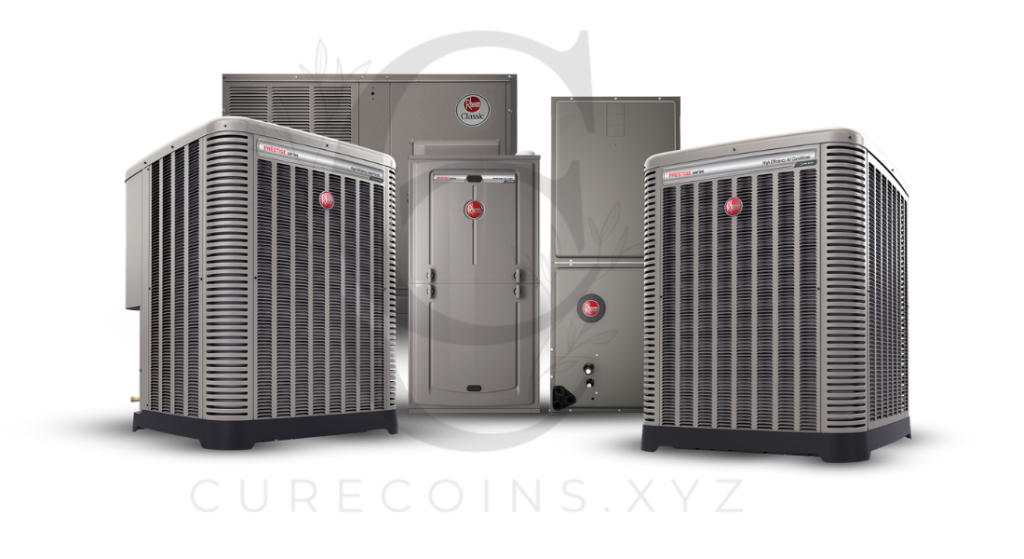
4. Keep Records of the Repair Process
It’s important to keep records of all communications with the dealer or Rheem, as well as any service or repair documents, in case you need to follow up or make additional claims in the future.
Rheem HVAC Warranty Registration: Why It’s Important
One of the most important steps to take when purchasing a Rheem HVAC system is to register your product. Registration activates your warranty and ensures that you get the maximum coverage available. Here are some key benefits of registering your Rheem HVAC product:
- Extended warranty coverage: Registering your product within the specified time frame typically extends the warranty, giving you peace of mind for a longer period.
- Faster claims processing: Having your warranty registered means that Rheem or your authorized dealer will be able to verify your warranty information more quickly, leading to faster claim resolution.
- Important product updates: By registering, you’ll be notified of any important updates or recalls related to your product, which could prevent further issues down the line.
Conclusion
A warranty for Rheem HVAC products is an essential part of owning one of these high-quality systems. By understanding the various types of warranties available, the coverage details, and how to make a warranty claim, you can ensure that your Rheem HVAC system continues to perform optimally for years. Don’t forget to register your product to take full advantage of the warranty benefits.
With proper maintenance and timely repairs, your Rheem HVAC system will provide reliable and energy-efficient comfort throughout the seasons.

